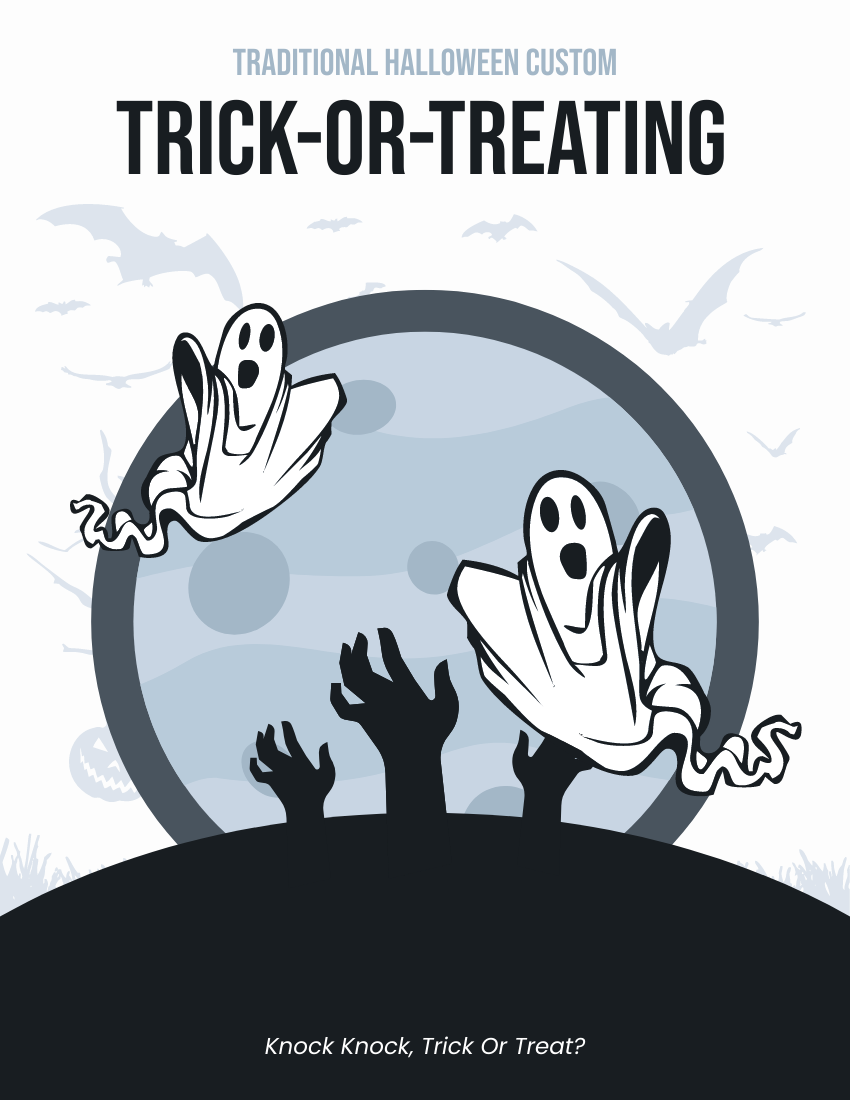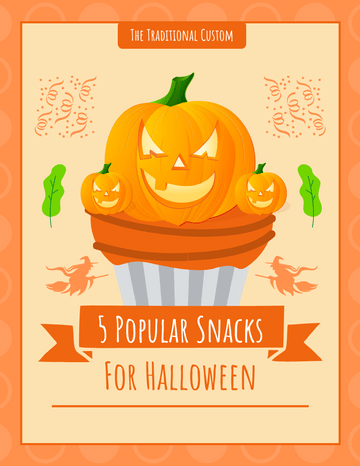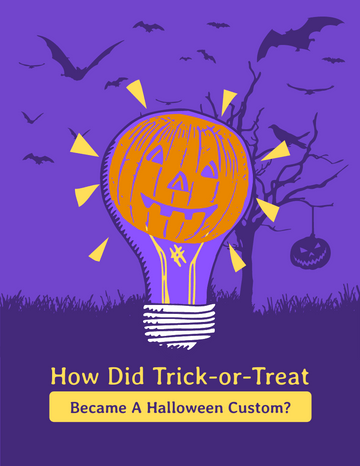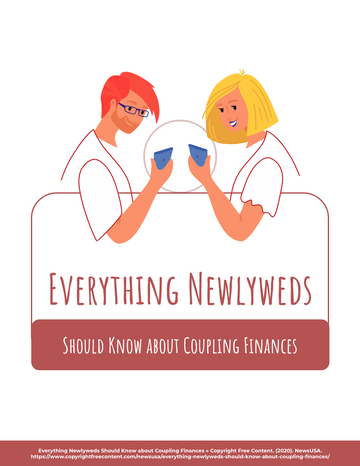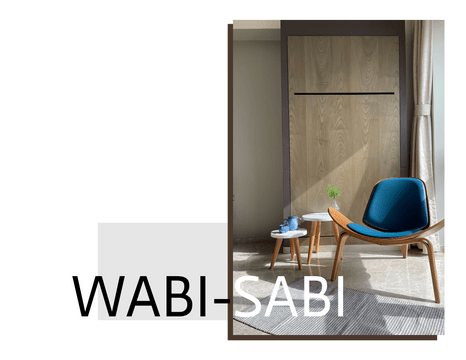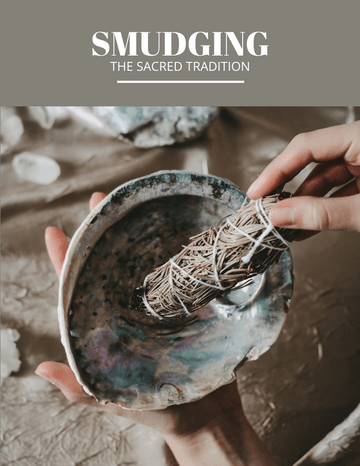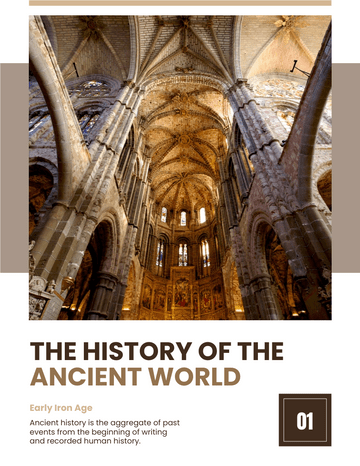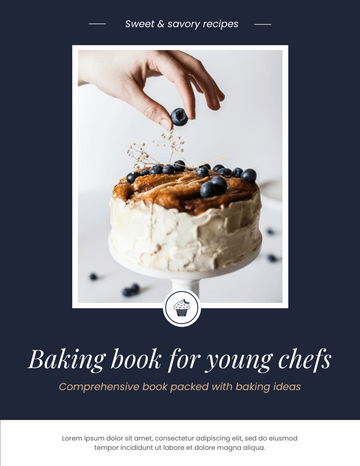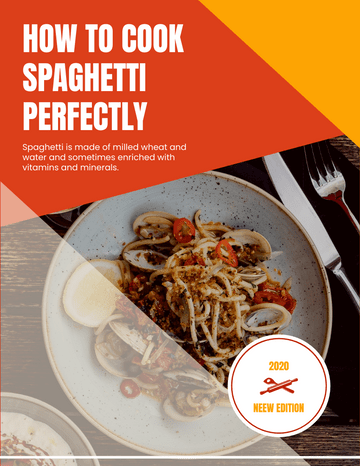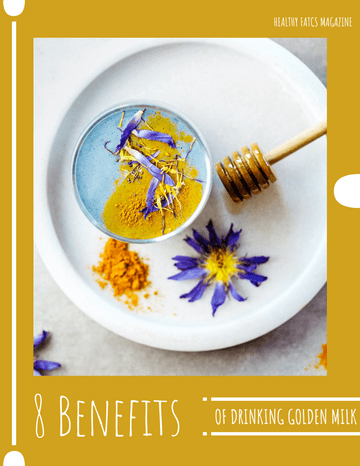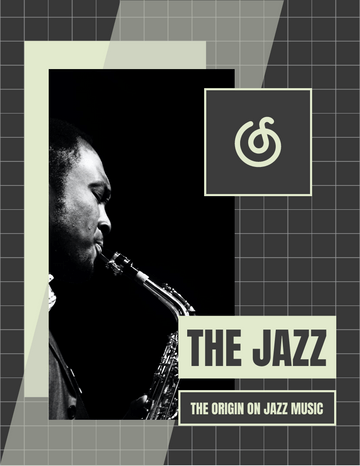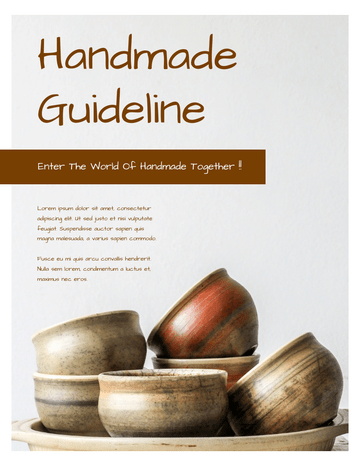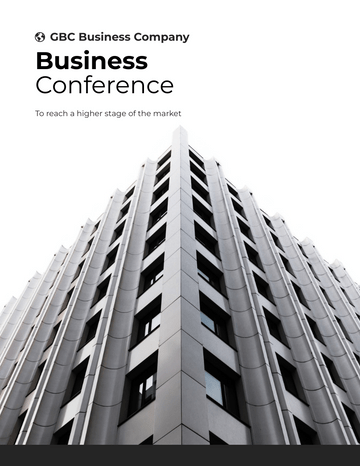Jack-o'-lantern
A carved turnip, pumpkin, or other root vegetable lantern is known as a jack-o'-lantern (or jack o'lantern), and it is frequently connected to the Halloween celebration. Its name refers to the alleged phenomena of odd lights, often known as will-o'-the-wisps or jack-o'-lanterns, flashing over peat bogs. The name is also connected to Stingy Jack, an Irish mythology about a drinker who made a deal with Satan and was condemned to wander the Earth with only a hollowed-out turnip to guide him.
Click here to read the book
Lantern effect
A jack-o-lantern is made by cutting off the top of a pumpkin or turnip to create a lid, scooping out the inside meat, and then carving an image—typically a spooky or humorous face—into the rind to reveal the hollow interior. Before the lid is closed, a light source—typically a flame like a candle or tealight—is placed within to provide the lantern appearance. However, it is also possible to purchase artificial jack-o-lanterns with lights. Jack-o-lanterns are frequently utilized as outside and interior decorations leading up to and around Halloween.
Etymology
In English tradition, a will-o'-the-wisp, or ignis fatuus (lit., "foolish fire," is a visual phenomena), is referred to as a jack-o'-lantern. Its earliest recorded use dates to the 1660s and is specifically used in East England. Will-of-the-torch is how the phrase "will-o'-the-wisp" (a bundle of sticks or paper commonly used as a torch) is pronounced. The phrase "Jack of [the] lantern" is the same as the expression "jack o'lantern."
The carving of vegetables has been a common practice in many parts of the world. It is believed that the custom of making jack-o'-lanterns at Halloween time began in Ireland. In the 19th century, "turnips or mangel wurzels, hollowed out to act as lanterns and often carved with grotesque faces," were used on Halloween in parts of Ireland and the Scottish Highlands.
Pumpkin craftIn
In some areas of Ireland and the Scottish Highlands, "turnips or mangel wurzels, hollowed out to operate as lanterns and often decorated with hideous faces," were used during Halloween in the 19th century. Halloween, also known as Samhain, was celebrated in these Gaelic-speaking areas as a period when the Aos S and the souls of the dead roamed the land. The 19th century saw the creation of Jack-o-lanterns during Halloween in Somerset, England (see Punkie Night).
The lanterns were supposedly used to ward off evil spirits or to depict spirits or other supernatural beings, depending on who manufactured them. For instance, they were sometimes used by Halloween revelers to frighten people and other times they were placed on windowsills to ward off evil spirits from homes.
The legend of "Jack-o'-the-Lantern"
The Dublin Penny Journal published a lengthy article on the "Jack-o'-the-Lantern" folklore on January 16, 1836, however this did not mention the lantern being made of a vegetable. The Limerick Chronicle mentions a neighborhood bar conducting a carving contest for gourds and awarding a reward for "the best crown of Jack McLantern" in 1837. The same newspaper's 1841 edition also includes the word "McLantern."
